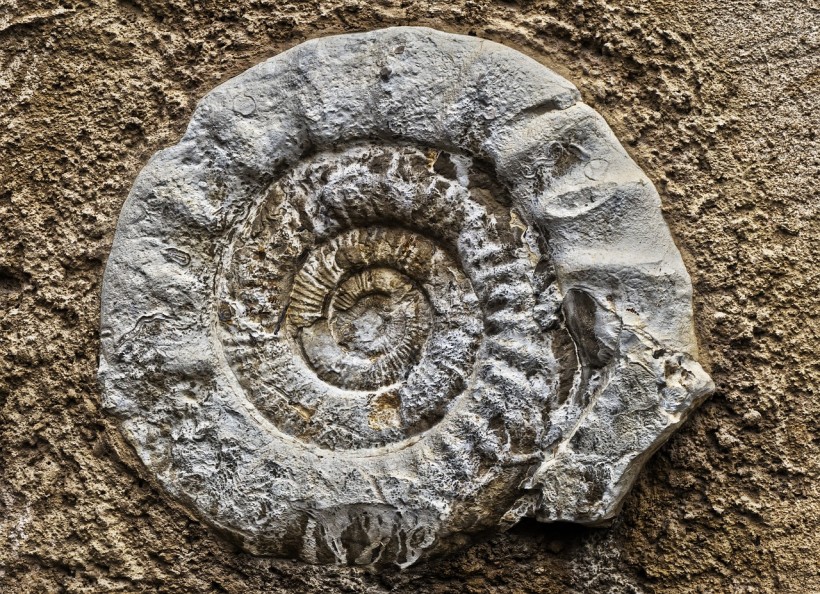At the Tafilalt Biota site in Morocco, researchers from the Complutense University of Madrid (UCM) and the Institute of Geoscience (IGEO, CSIC-UCM) uncovered several marine worms from the Palaeozoic era (Ordovician age) dated 455 million years ago.
The fossils relate to the new Anguiscolex africanus genus and species, as well as the new Wronascolex superstes species.

455-Million-Year-Old Well-Preserved Fossils of Two New Marine Worms Discovered in Morocco Exhibited 'Polar Gigantism'
Palaeontological Surprise
According to SciTech Daily, palaeoscolecid worms are not that rare but 99.99% of the Paleozoic fossil record consists of their hard plates lodged in the cuticle called sclerites in isolation, which often develop up in specific limestone rocks. That means this species of worm thrived in all of the world's oceans, yet only a small number of places have evidence of its remains.
The finding is deemed a "palaeontological surprise in a far from favorable geological context" by UCM and IGEO paleontologist Juan Carlos Gutiérrez Marco. It is because the worm fossils at the Moroccan site were articulated and well preserved in fine-grained rocks known as lutites and in an environment dominated by turbulent waters.
The cuticle of these marine worms was covered in phosphatic microsclerites, which measure about 20-100 thousandths of a millimeter arranged in rings on the successive segments, their conservation aided by rapid burying after being shielded beneath bacterial veils that precipitated iron sulfides. These two new species have now been added to the worm Gamascolex vanroyi discovery made some years ago at the same site and by the same study team.
READ ALSO: Paleozoic "Living Fossil" Still Thriving on Ocean Floor After Being Missing for 270 Million Years
New Marine Species Display 'Polar Gigantism'
The research also emphasized the "gigantism" of three worms known in the Tafilalt Biota, which are two to three times larger than the worldwide record of palaeoscolecids in Australia, North America, and Central-Western Europe.
Gutiérrez Marco said that this scenario might be linked with metabolic causes implicated in "polar gigantism" as Morocco was very close to the South Pole during that era. Art Woods, Ph.D., of the University of Montana, told weather.com that marine invertebrates found near the poles in extremely cold water have substantially greater body sizes than their counterparts found elsewhere.
Phys.org reports that this is the third of these species found in the Tafilalt Biota, which is a site where well-preserved fossils from both groups with hard parts and other soft to weakly mineralized bodies were usually found.
The discovery is part of continuing study into the Ordovician in Morocco as part of the National Plan of the Ministry of Science and Innovation, with 15-day field seasons planned in the desert terrain a couple of times a year. More so, the researchers have a network of partners that look for fossils all year and alert them if they come across anything noteworthy.
Marco stresses that they are trying to reconstruct previous ecosystems and creatures from the data they gathered that will hopefully help in refining the geological connection of the fossil-bearing layers of Morocco and other contemporaneous units in the maritime shelf of the former continent of Gondwana.
Their study, titled "Polar Gigantism and Remarkable Taxonomic Longevity in New Palaeoscolecid Worms From the Late Ordovician Tafilalt Lagerstätte of Morocco," was published in Historical Biology.
RELATED ARTICLE: First Ever 3D Fossilized Brain of a Worm That Lived in the Oceans 500 Million Years Ago Found in China
Check out more news and information on Paleontology in Science Times.














